|
Red-headed Woodpecker, Cuyahoga Valley National Park, May 15, 2022. Part 1 was an introduction to birding NW Ohio, AKA The Great Black Swamp, with a sampling of warblers in migration to Canada from parts south. We will come back to more warblers in Part 3, but let's take a break from the songbirds (order Passiformes) for a moment and visit the woodpeckers, in the order Piciformes (450 species in 71 genera), family Picidae which make up about half of the species in this order worldwide. All About Birds lists 23 species of woodpecker in the U.S., which includes woodpeckers, sapsuckers, and flickers. On these pages in the past I have shown 8 species of woodpecker (Lewis's, Gila, Hairy, Acorn, Arizona, Ladder-backed, Northern Flicker [Red-shafted and Yellow-shafted], and the Red-naped Sapsucker). In this post I will revisit the Hairy Woodpecker and add 4 more species to my list (Piliated, Red-headed, Red-bellied, and Downy), all year round residents of NW Ohio, and therefore not really spring migrants, but neat birds! Before we get to the woodpeckers, here is a map for orientation. Most of the woodpeckers we saw were at Pearson Park, a Toledo Metropark that boasts of being the "last of the great black swamp!" The park is maintained to show what this basin in NW Ohio looked like before it was drained for agriculture in the 19th century. Fortunately they left us walkways and drivable roads. No hip boots required! It is great park, with great facilities, stocked bird feeders, and walking trails. We will see more of the park later in the post. On the map below Pearson Park is toward the lower left corner, with the orange square showing where photographs were shot. The Maumee Bay Lodge and Conference Center (where we stayed) is toward the right upper corner on Lake Erie. It is a great spot in its own right with its own marshes and boardwalks, comfortable accommodations and good food. Note that Magee Marsh is east of the conference center, just off of the map. Pileated WoodpeckerCanon R6, RF 100-500mm at 500mm, 1/400sec, f/7.1, ISO4000 The Pileated Woodpecker, in the words of the Cornell site, is "one of the biggest, most striking forest birds on the continent." They are large black birds with bold white stripes down the neck and a flaming-red crest. They feed on carpenter ants in dead and fallen trees, leaving rectangular holes in the wood. They live year round in the forests of Canada, the Pacific Northwest and New England, and east of the Rockies all the way down to Florida and the coast of the Gulf of Mexico. Their range seems to coincide with the species of carpenter ant they eat. We spotted these two Pileated Woodpeckers working their way up a dead tree, likely being led by a male, slightly larger than his mate and with a red stripe on the jaw line. Pileated Woodpeckers are monogamous and this pair has likely been together for a while. They are big birds, with wild crests and huge feet. Their feet allow them to get a tight grasp on trees and pound into dead wood following carpenter ant trails. They nest in large holes created primarily by the male. After 3 to 6 weeks of drilling he crawls into the hole itself to enlarge it from the inside and create the final nest. The female may help him toward the end. Cavities can be 10-24 inches deep to accommodate a large adult and their clutch. They do not reuse the nests in subsequent years, rather the large cavity is a valuable comodity for other cavity nesters including owls, swifts, ducks, bats and pine martens. (Reference: All About Birds) The male climbed all the way to the top and looked west toward the setting sun. In the image below we can see the lower red facial stripe indicative of the male. Truly remarkable birds, and not ones we see in SE Arizona. On Thursday the 19th we visited Oak Openings Metropark west of Toledo where we spotted this rectangular hole created by a Pileated looking for ants. These birds are powerful drillers! Red-bellied WoodpeckerCanon R6, RF 100-500mm with RF 1.4 extender at 420mm, 1/500sec, f/10, ISO 20,000 Red-bellied Woodpeckers are medium-sized woodpeckers found year round in the U.S. east of the Rocky Mountains from Michigan to Connecticut and south to Florida and the gulf coast. They do have a rosy red chest/belly if examined carefully, but the most prominent feature is a bright red nape and cap in the male, and a red nape in the female. They live in forests and woodlands feeding on insects, spiders and other arthopods from the surfaces of tree branches and trunks. They also eat nuts and seeds and will frequent backyard feeders, such as the one shown here at the Window on Wildlife, attached to the Packer-Hammersmith Center at Pearson Park. Eating off of a tray does not faze this native tree hugger. Unlike the Pileated, the Red-bellied enjoys a wider diet, with a wider spectrum of foraging behavior. Portions of Pearson Park are just as the Great Black Swamp was in the 19th century, boggy marsh with a high tree canopy, but with 21st century creature comforts, such as restrooms, bird feeders, and dry paths. Hairy WoodpeckerCanon R6, RF 100-500mm at 323mm, 1/640sec, f/5.6, ISO4 12,800 This Hairy Woodpecker was also spotted at the Window on Wildlife at the Park. The Hairy is Robin sized and larger than the Downy we will see next. Hairy Woodpeckers live year round in most of the U.S. and southern Canada, and portions of the mountains of Mexico. Most of their diet is insects, including wood-boring beetles and bark beetles. They will move into an area in larger numbers during infestations of bark beetle or after fires when wood-boring beetles are numerous. At feeders they like sunflower seeds and suet. Females look like the males but without the red crown patch. The photographs that follow were all captured on Mt Lemmon in SE Arizona where we see them. The Hairy Woodpeckers of the west are described as having darker wings and narrower facial stripes than the eastern varieties. In the image above we see two Hairy's face to face, and below we see how well they hang onto trees. Their large feet along with their stiff tail create a solid tripod to facilitate drumming on trees. Downy WoodpeckerCanon R6, RF 100-500mm at 500mm, 1/2500sec, f/7.1, ISO 1000 The Downy Woodpeckers in this post were shot in three locations during the week, Magee Marsh, Pearson's Park, and Kelley's Island. Photographs will be shown in this order. The Downy Woodpecker looks almost identical to the Hairy Woodpecker, except that the Downy is smaller, with a bill that is shorter then the length of its head. The shots above and below are of a male at Magee Marsh on May 16th. These birds do look like the Hairy, but with a definite "cute factor." In the second image below we see a female sitting in a nest hole just off of the boardwalk at Magee Marsh. Note that all woodpeckers are cavity nesters. The images below were captured late in the afternoon of the 16th at Pearson Park, a few hours before we discovered the Pileated Woodpecker, lead bird in this post. A female without the red marking on her head and , yes, definitely cute. Canon R6, RF 100-500mm at 500mm, 1/100 sec, f/7.1, ISO 2000 The map below shows the location of Magee Marsh, Ottawa National Wildlife Refuge, on the left side where the above two images were captured, and Kelley's Island, a day trip for us on May 18th, where I caught the rest of these images. Expect more on Kelley's Island in future posts. It is a great place to bird, and a center for bird banding, an activity so important for understanding bird migration and estimating populations and changes with time. Below we see a male Downy side and back views, searching the tree bark for insects, including beetle larvae, ants and caterpillars. They will also eat plant material including seeds, which brings them to backyard feeders. These images were captured at Kelley's Island. Canon R6, RF 100-500mm at 500mm, 1/2000 sec, f/7.1, ISO 12,800 Red-headed WoodpeckerCanon R6, RF 100-500mm with RF 1.4x extender at 700 mm, 1/2000 sec, f/10, ISO 1250 Our last woodpecker for this post was spotted on May 15th in Cuyahoga National Park, just south of Cleveland. Our group stopped there at the beginning of the week on our way to the eastern basin and Magee Marsh. Below is a map showing the location of Cuyahoga National Park just south of Cleveland. More on this great park in future posts. Red-headed Woodpeckers sport a bright crimson head and neck, with snow-white body and half white, half black wings. They live in the continental U.S. east of the Rockies and feed on nuts, seeds and fruit, and like Lewis's Woodpecker, they are adept at catching insects in the air. They also hide acorns and nuts in tree crevices for later use. They will visit feeders in the winter. We spotted this Red-headed Woodpecker working his way up a dead tree, either looking for bugs, or perhaps tending to nuts stored in the cracks and crevices. I have seen similar behavior in Acorn Woodpeckers in the Catalina Mountains north of Tucson. They gather acorns during the summer and fall and store them in granary trees, dead trunks dedicated to storage of their harvest. The Acorn Woodpeckers will often tend to the acorns and reseat them in their holes to keep them secure and safe from theft by other birds or mammals. That's all for now! Stay tuned, more coming soon on migrating warblers at Magee Marsh!
Happy Trails!
3 Comments
Linda Currin
6/12/2022 08:12:20 am
Always love reading your posts, A bit surprised to see this one from Ohio!! Thanks, as always.
Reply
Charles
6/18/2022 05:30:35 pm
Another very nice job Henry - I found a big old acorn woodpecker grainery dear pine at Rose Canyon just over the highway railing above campground road. Might be a good spot for some more woodpecker photos.
Reply
Leave a Reply. |
AuthorHenry Johnson, photographer and author of this site. For more detail, see About
Categories
All
Archives
July 2024
|
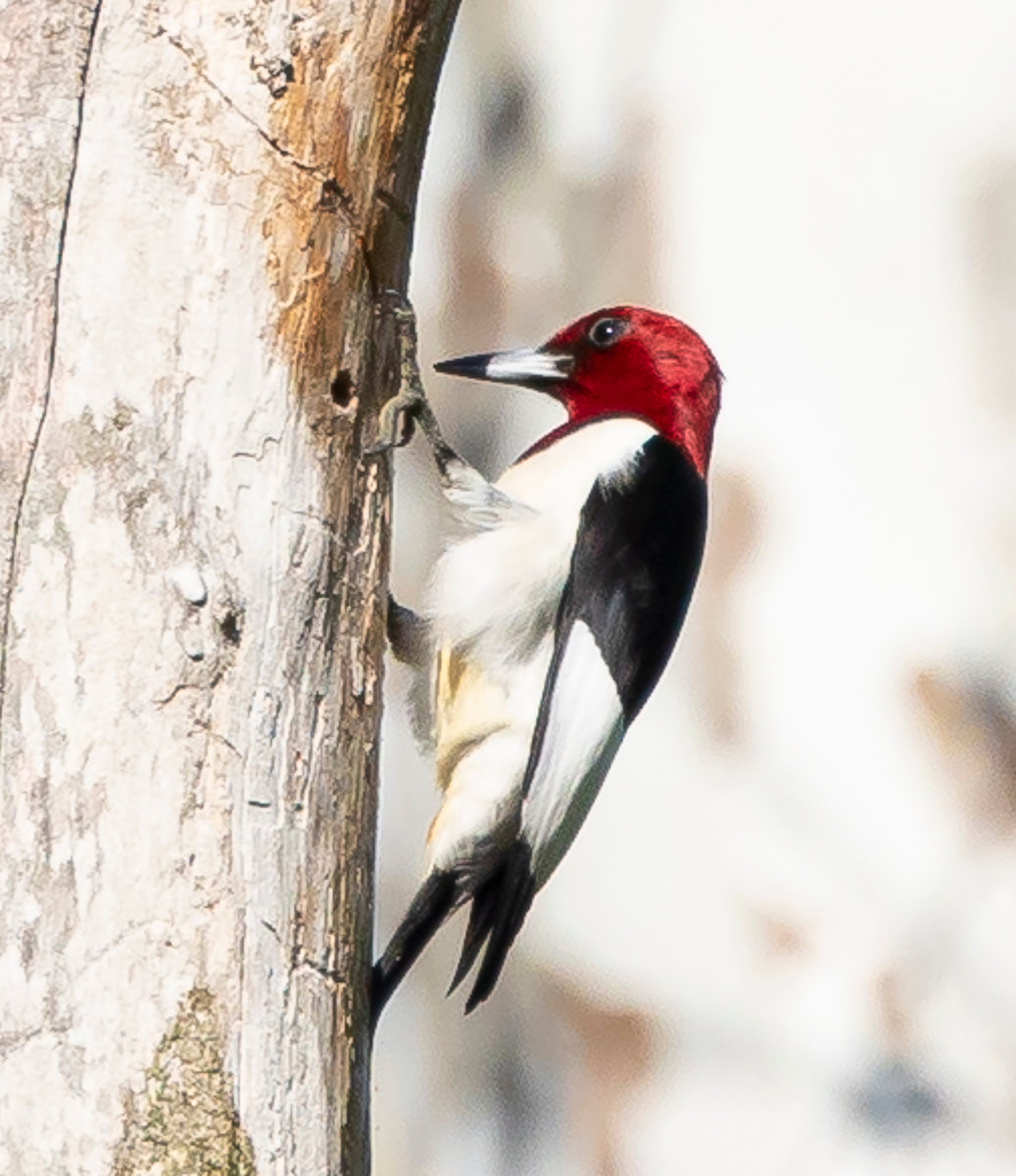
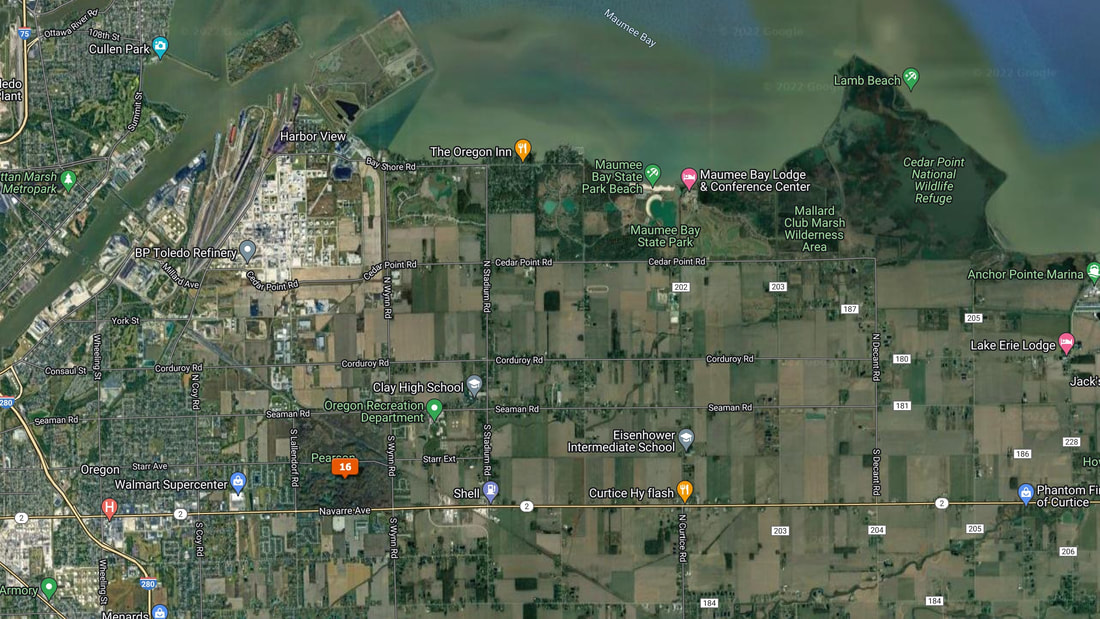
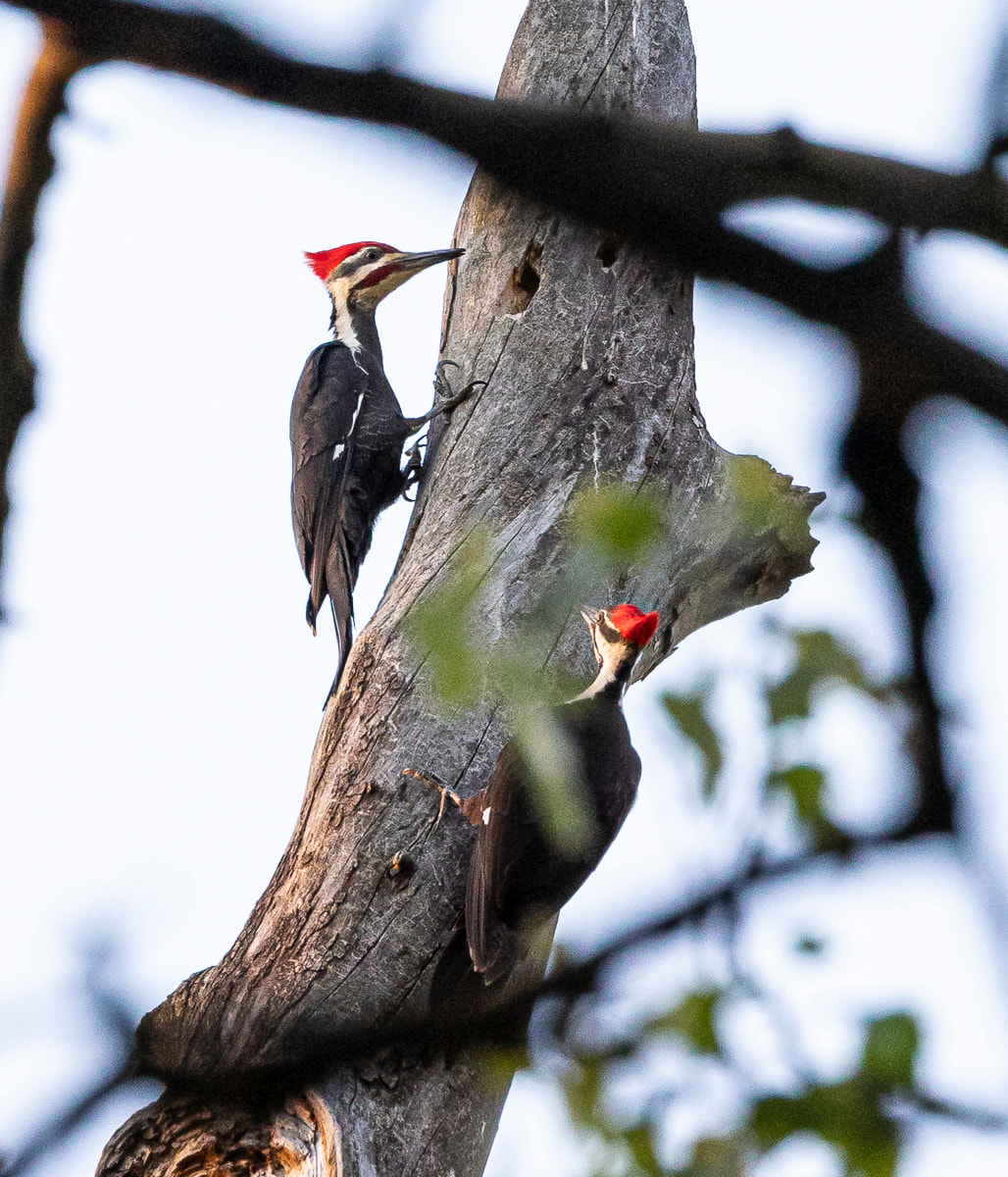
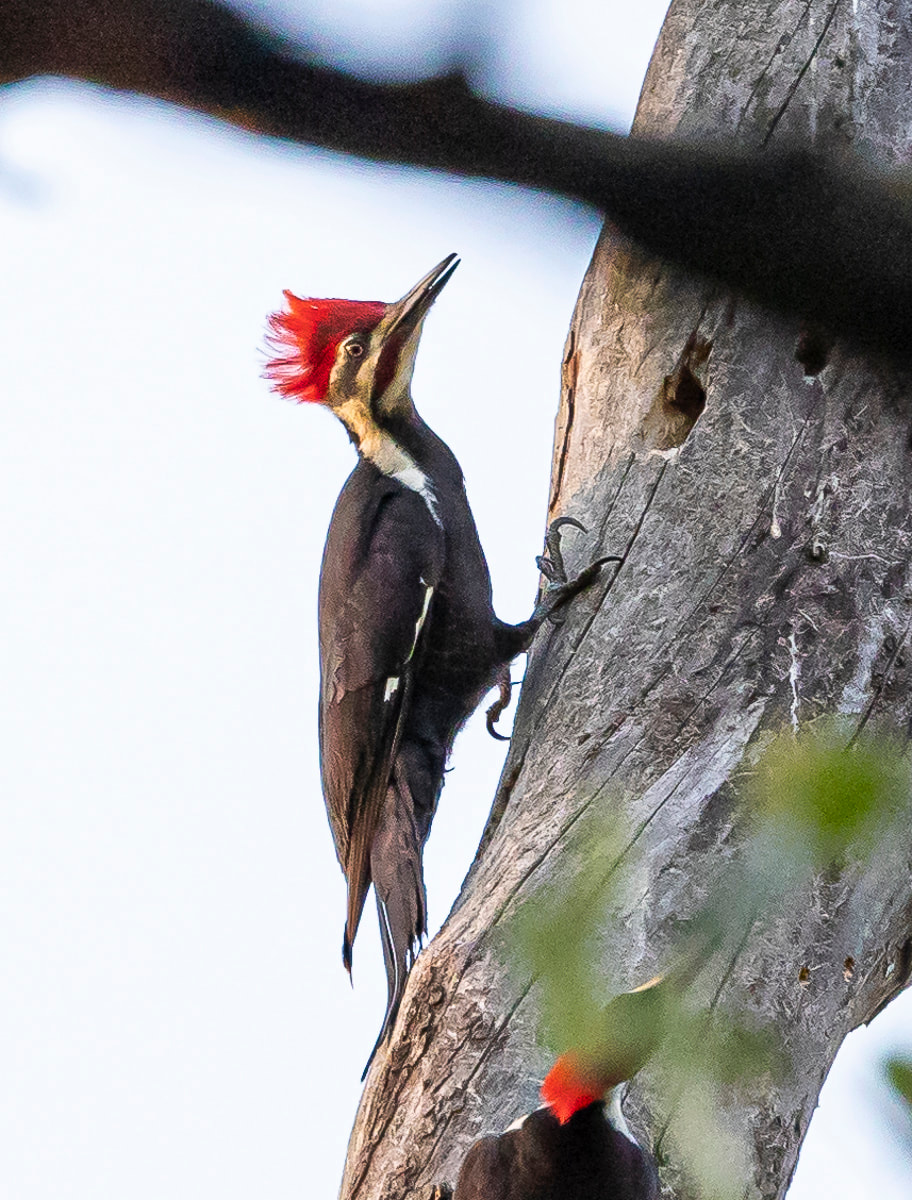
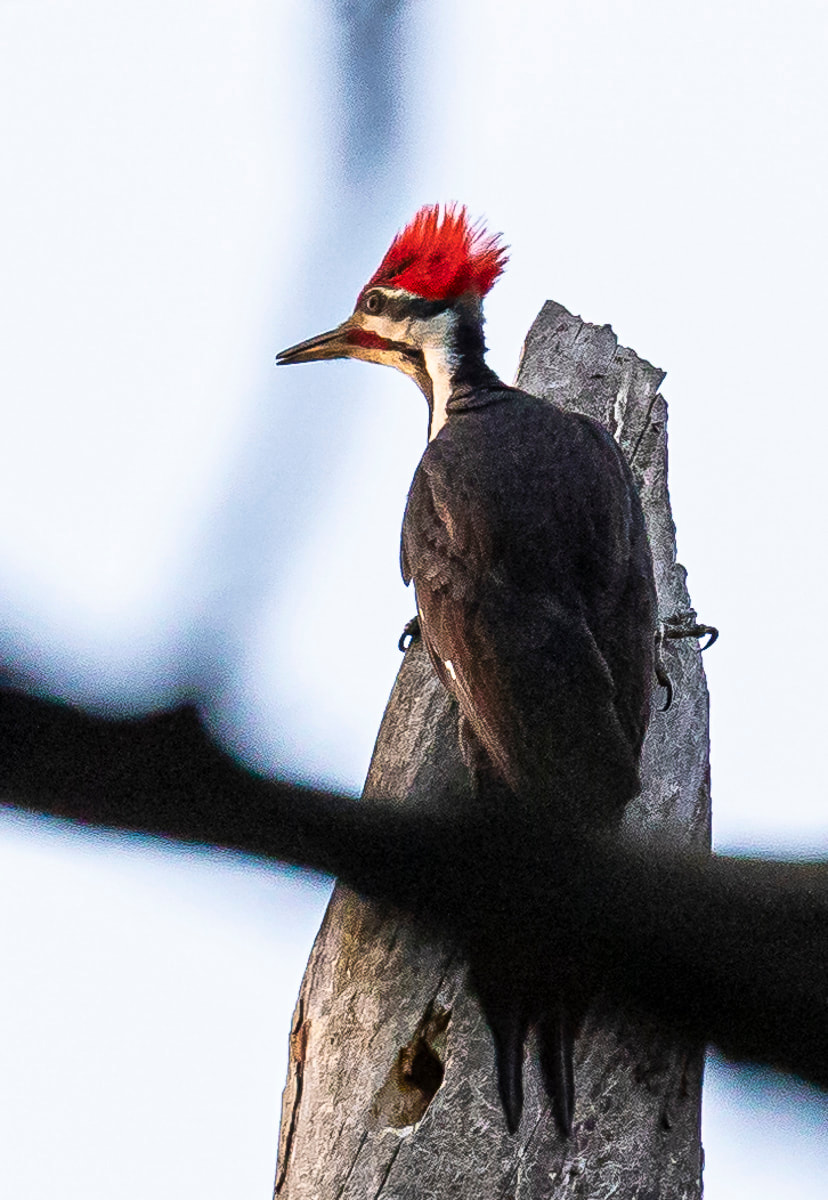
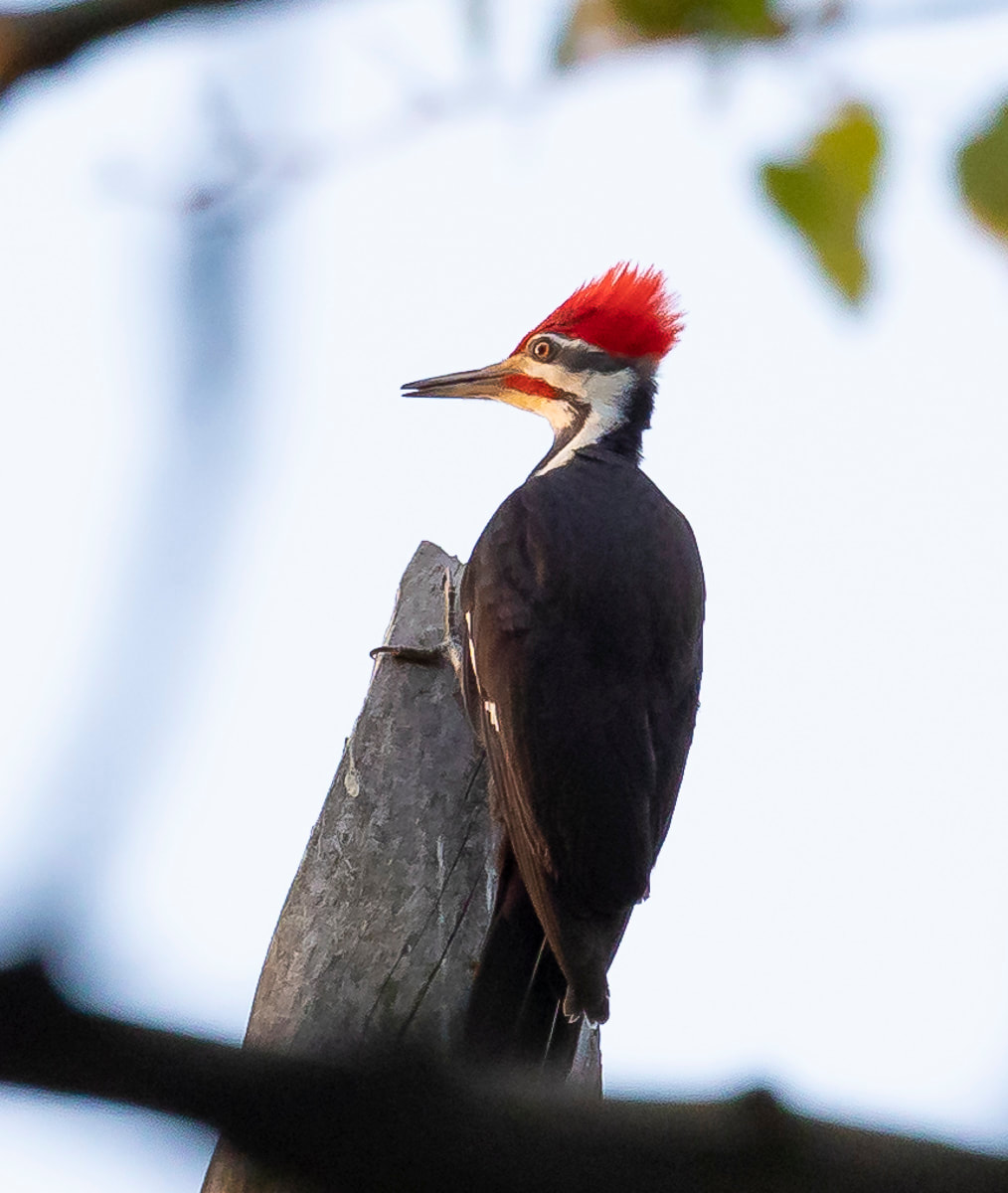
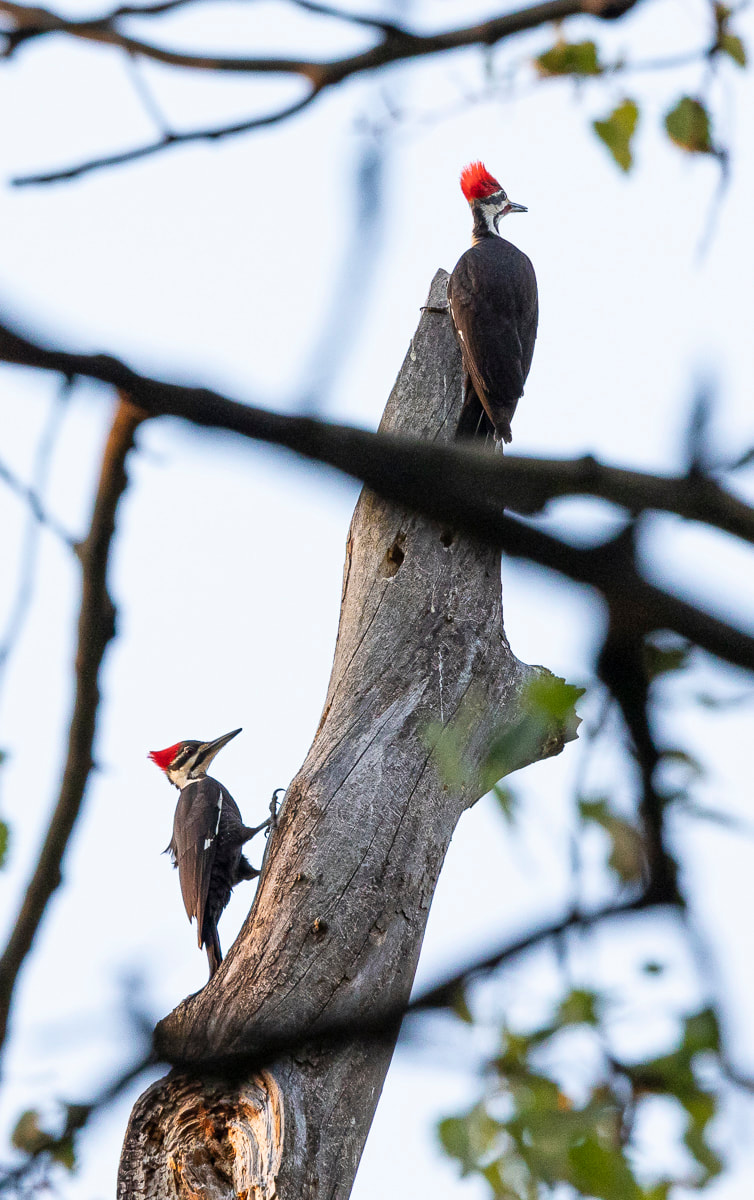
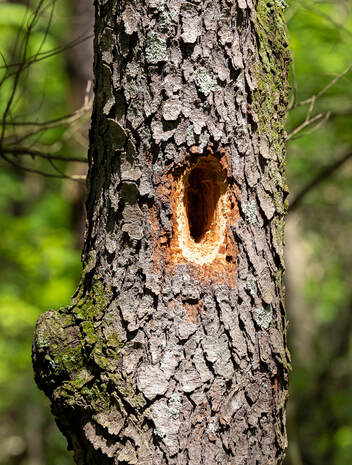
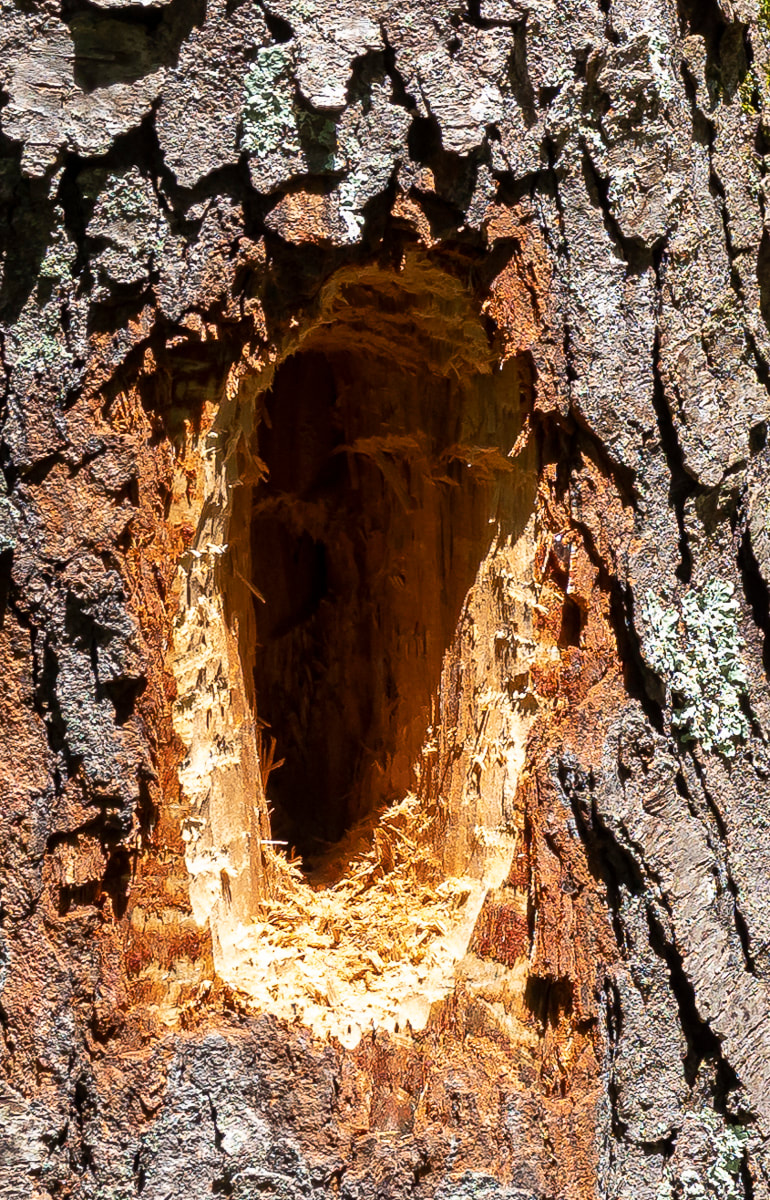
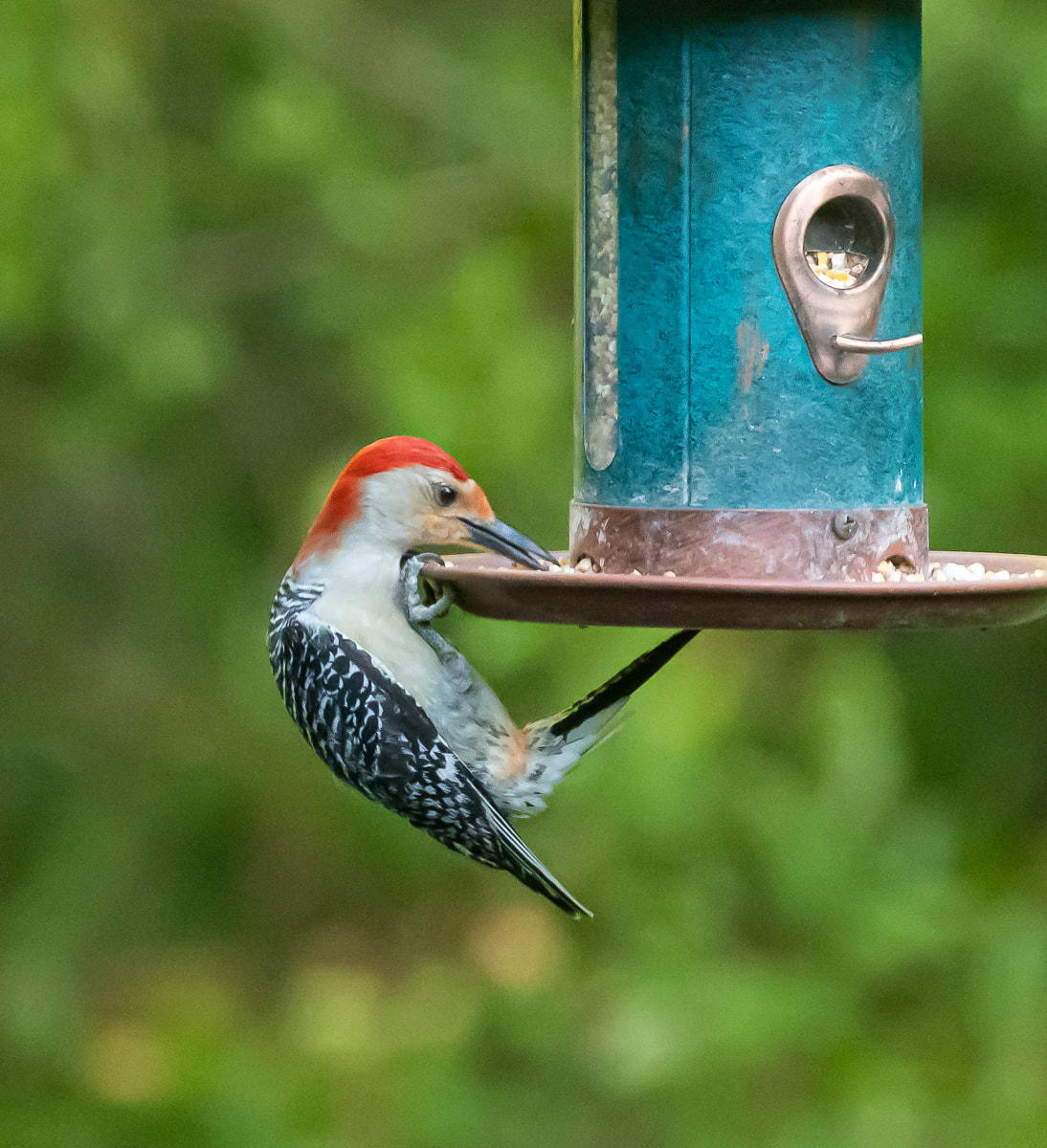
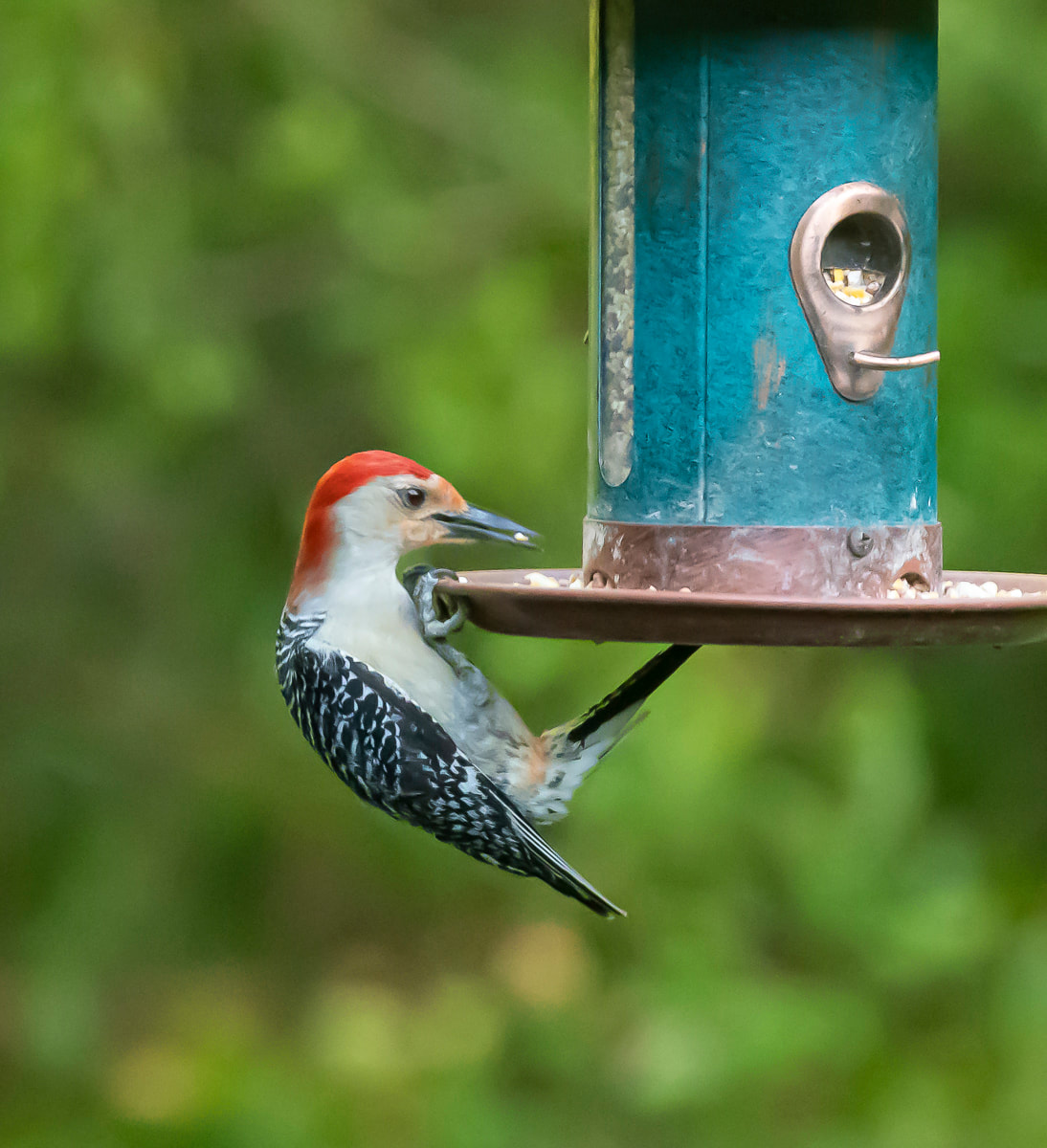
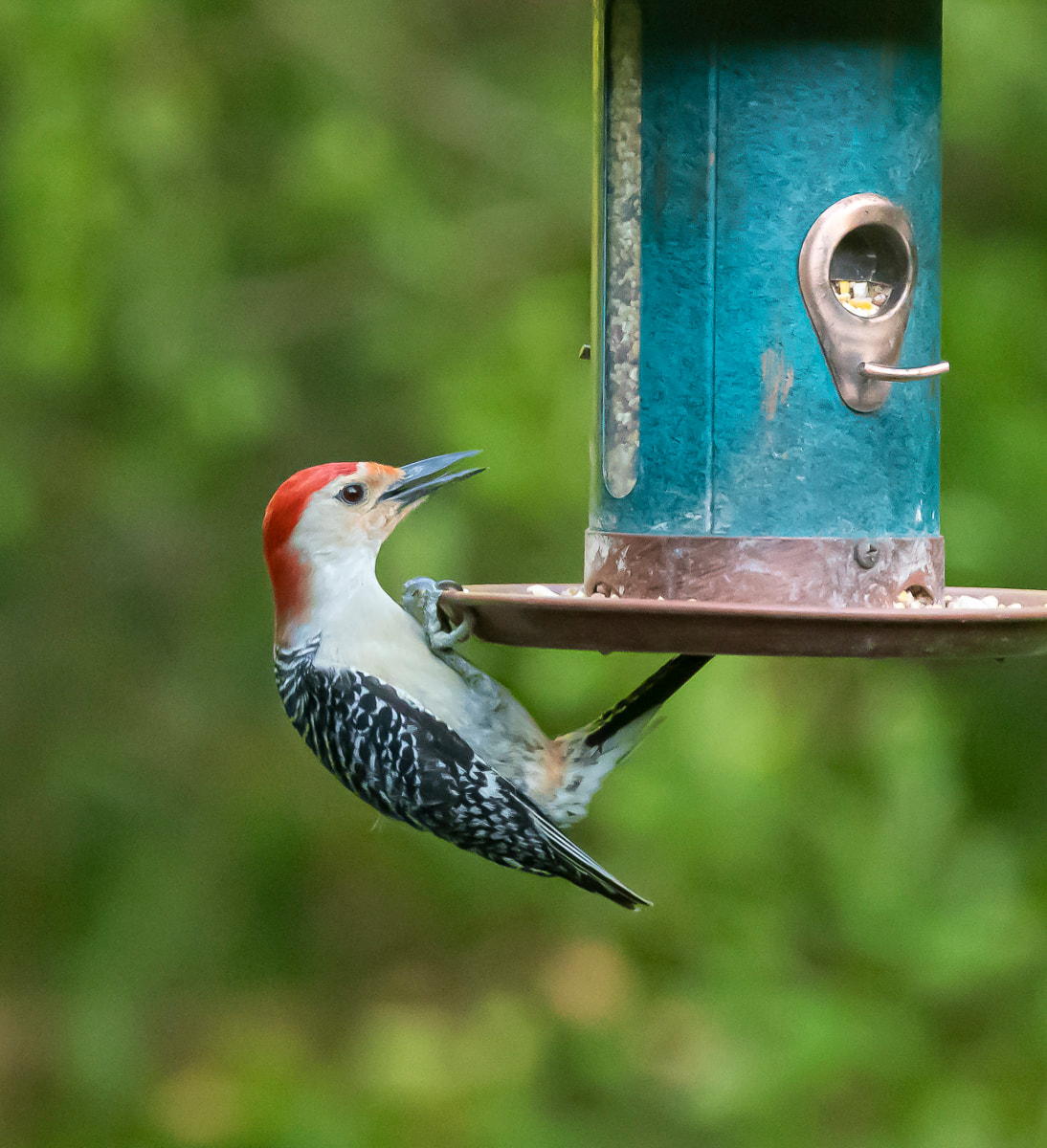
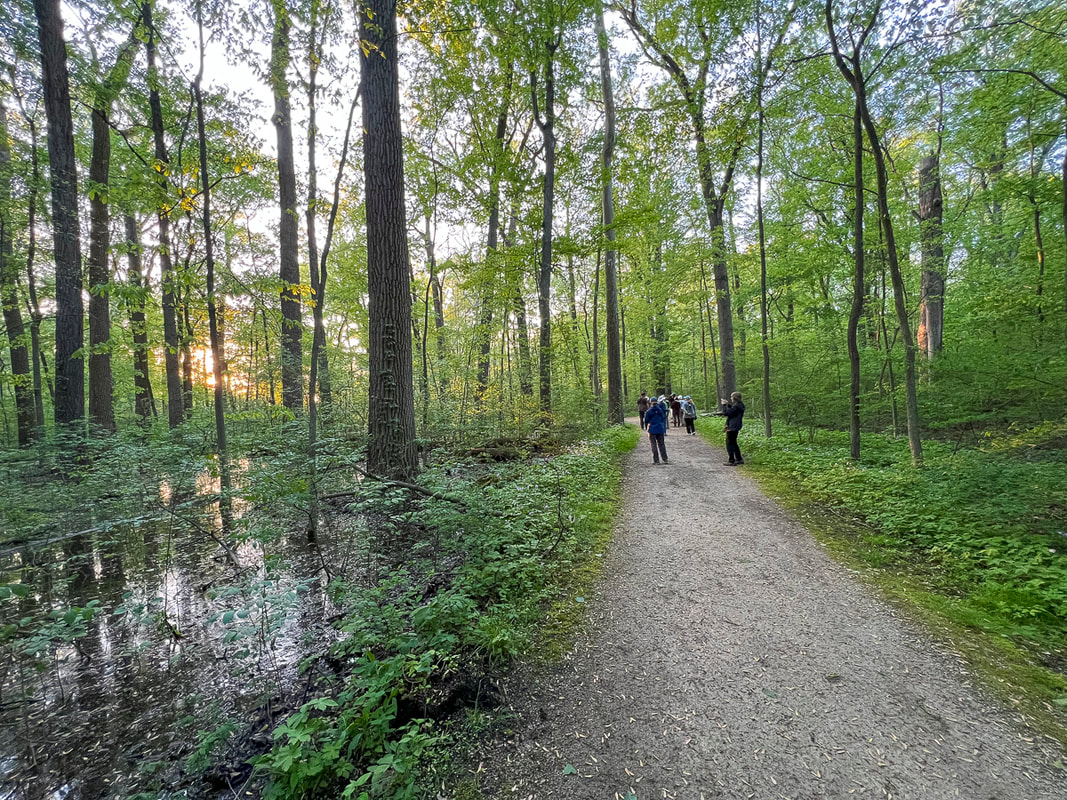
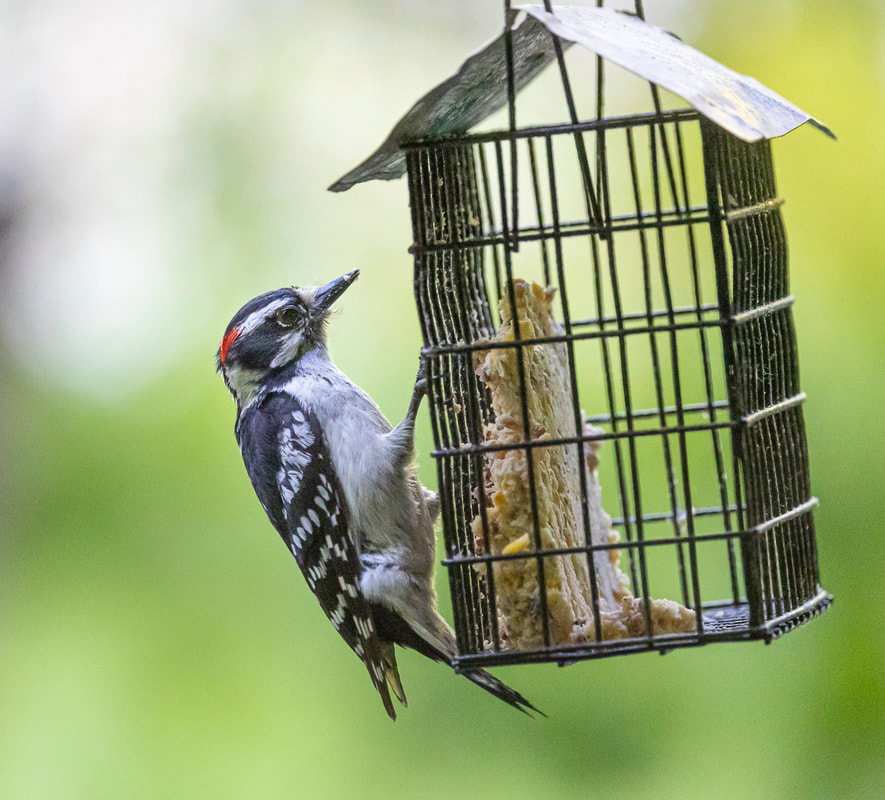
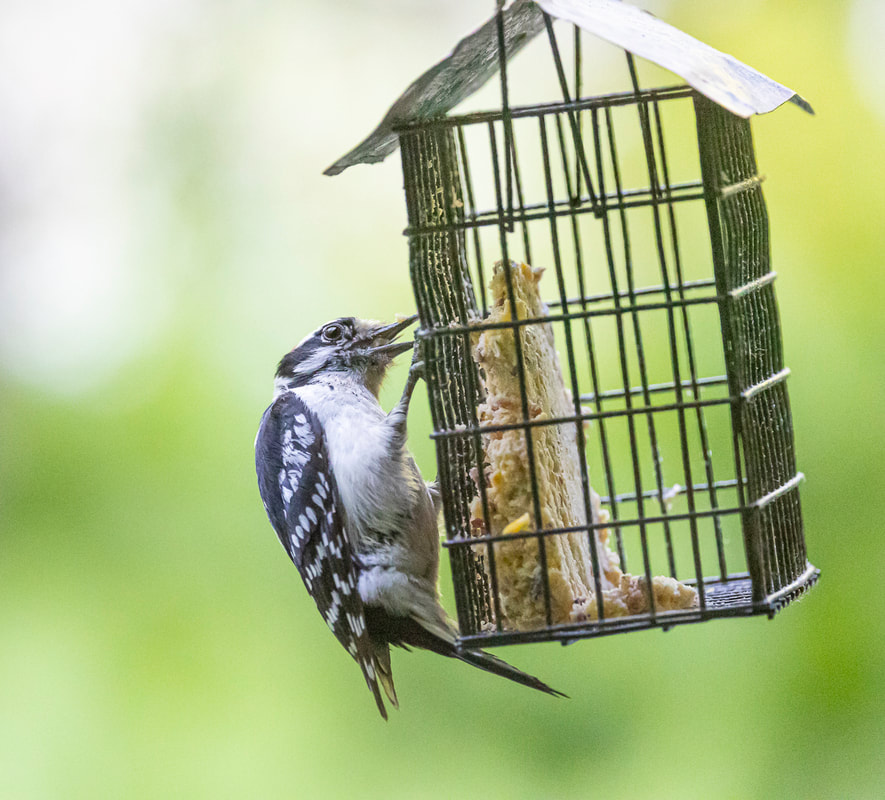
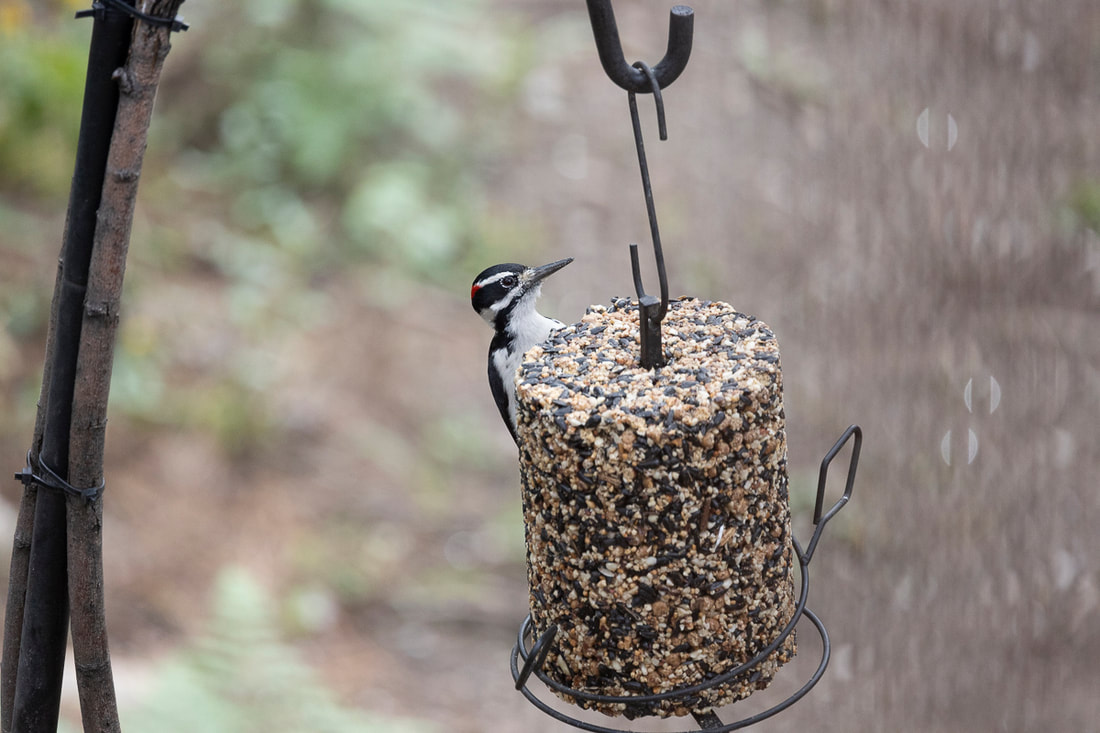
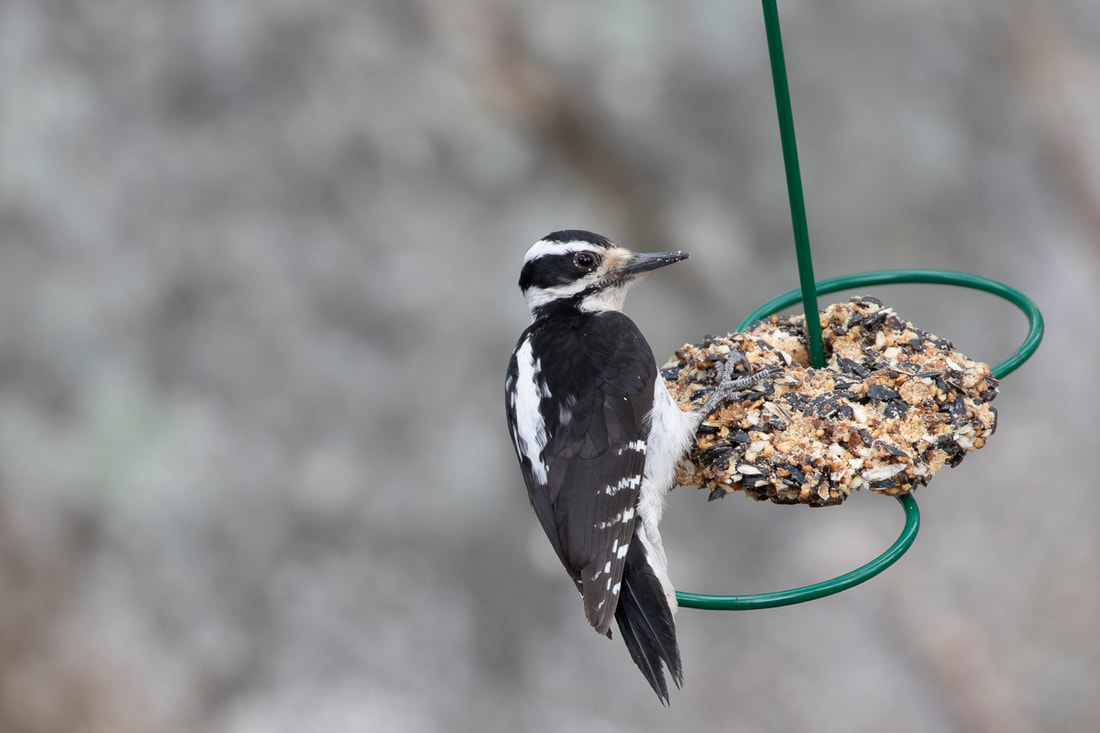
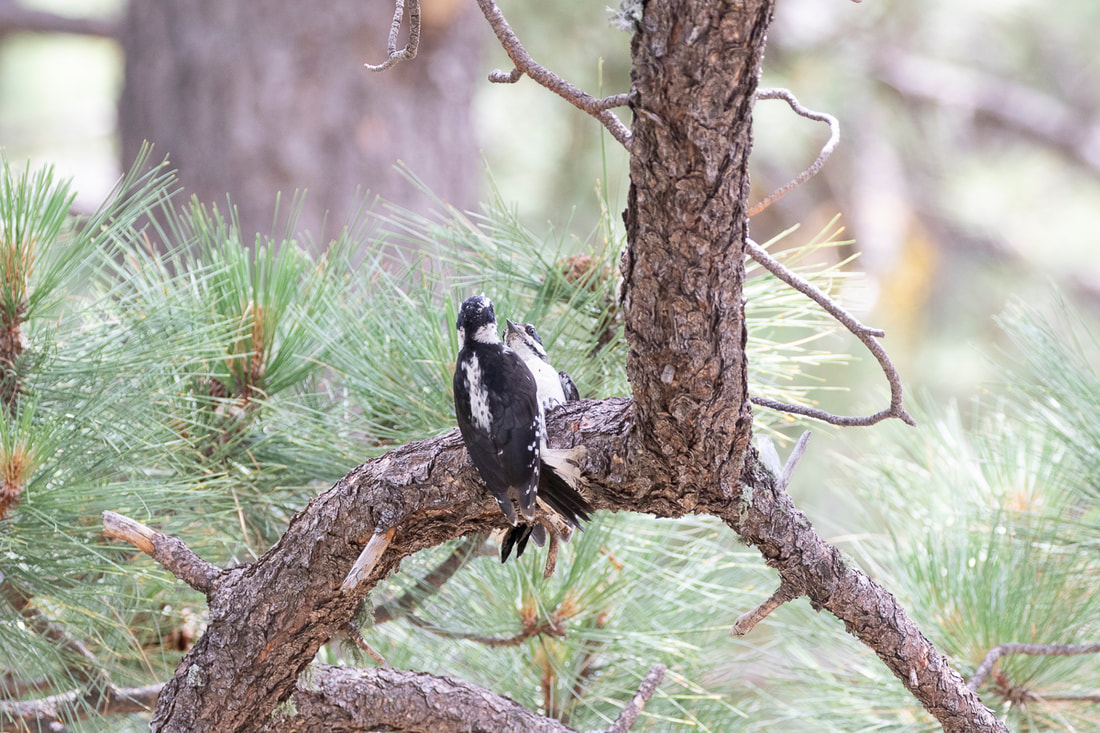
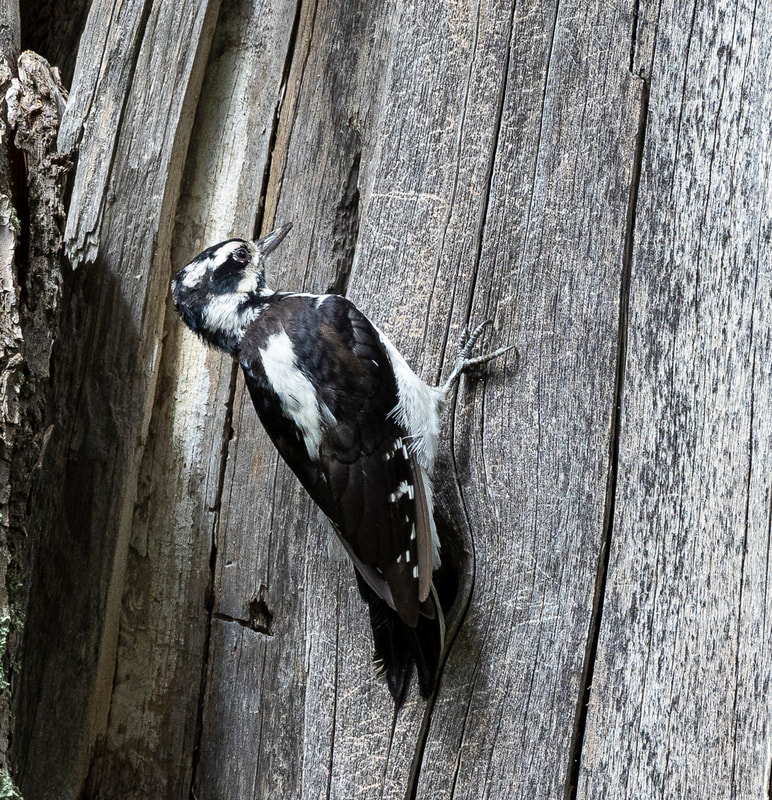
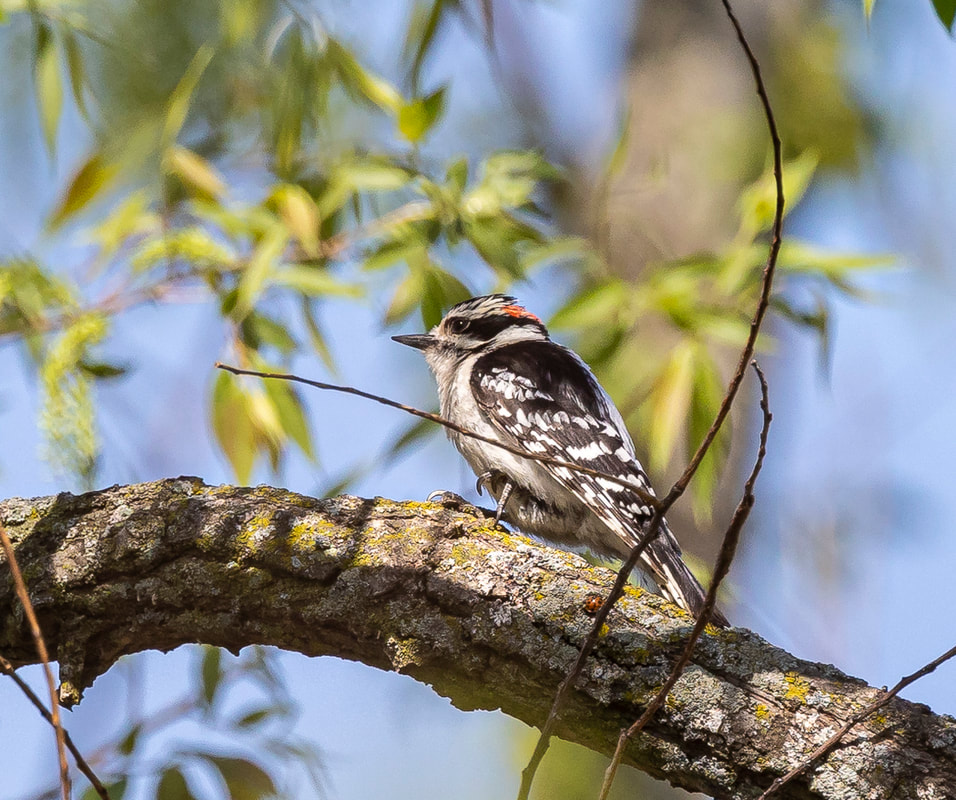
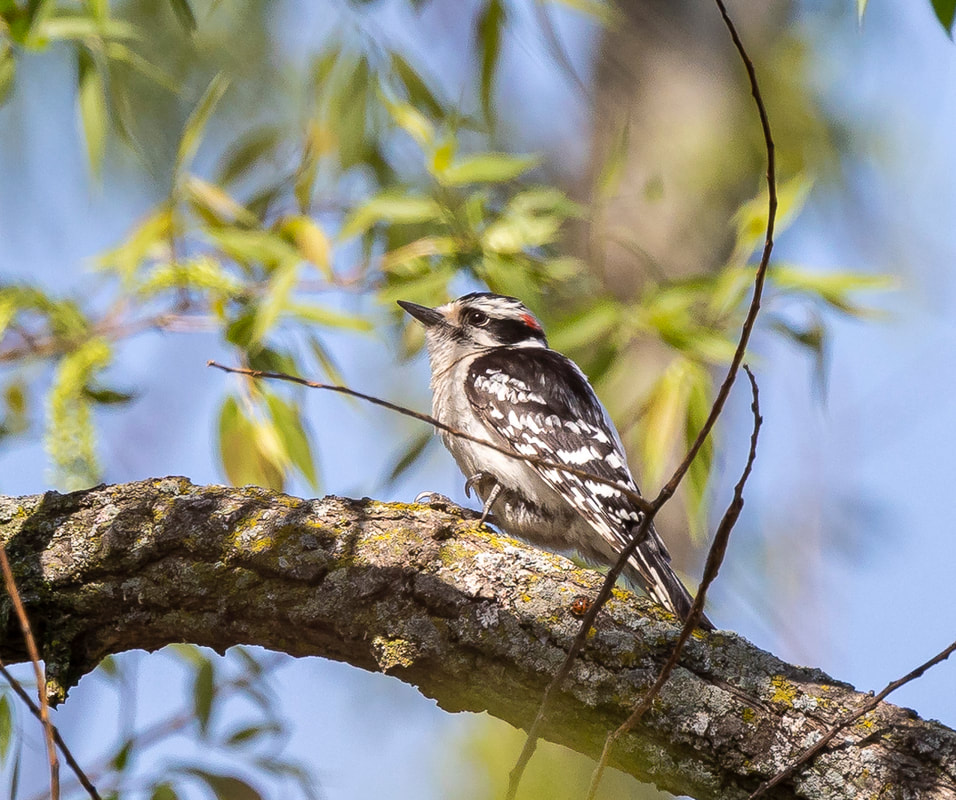
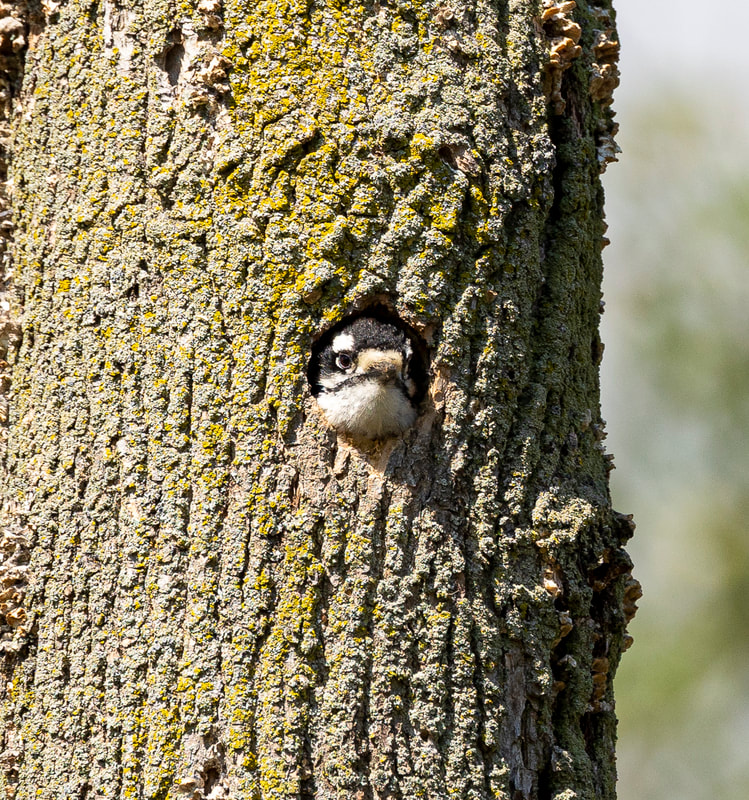
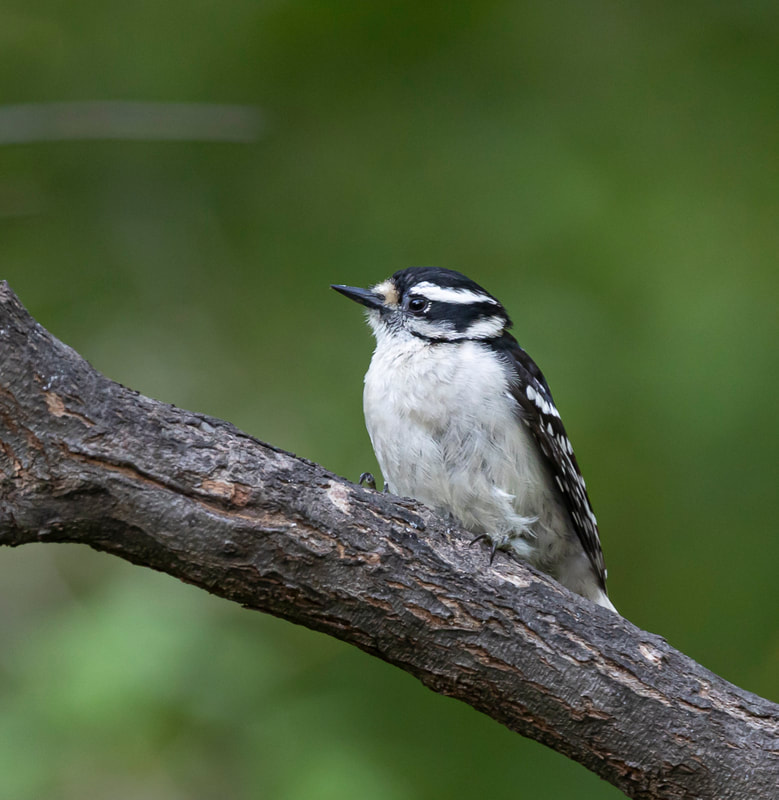
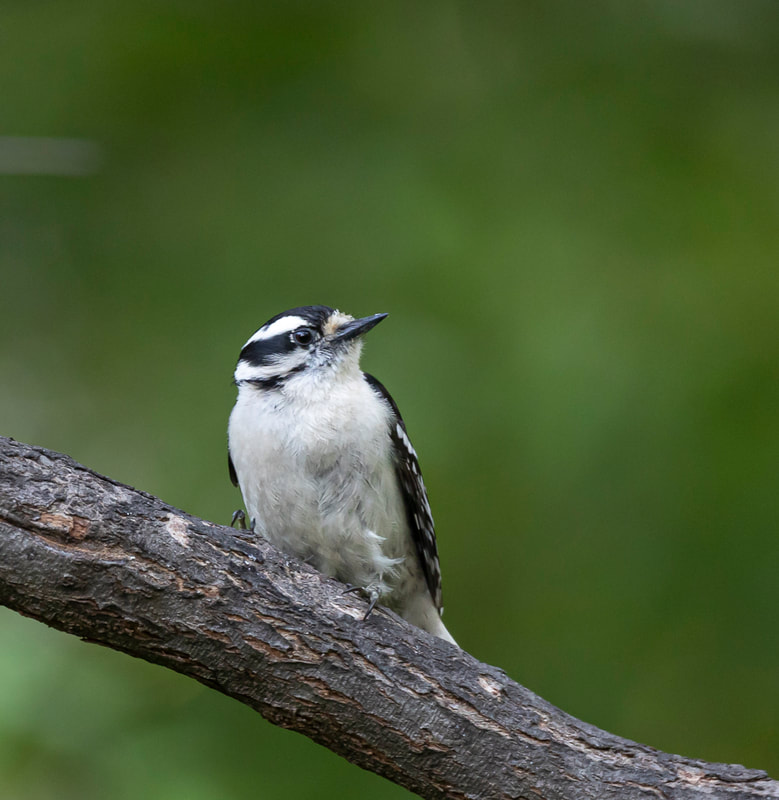
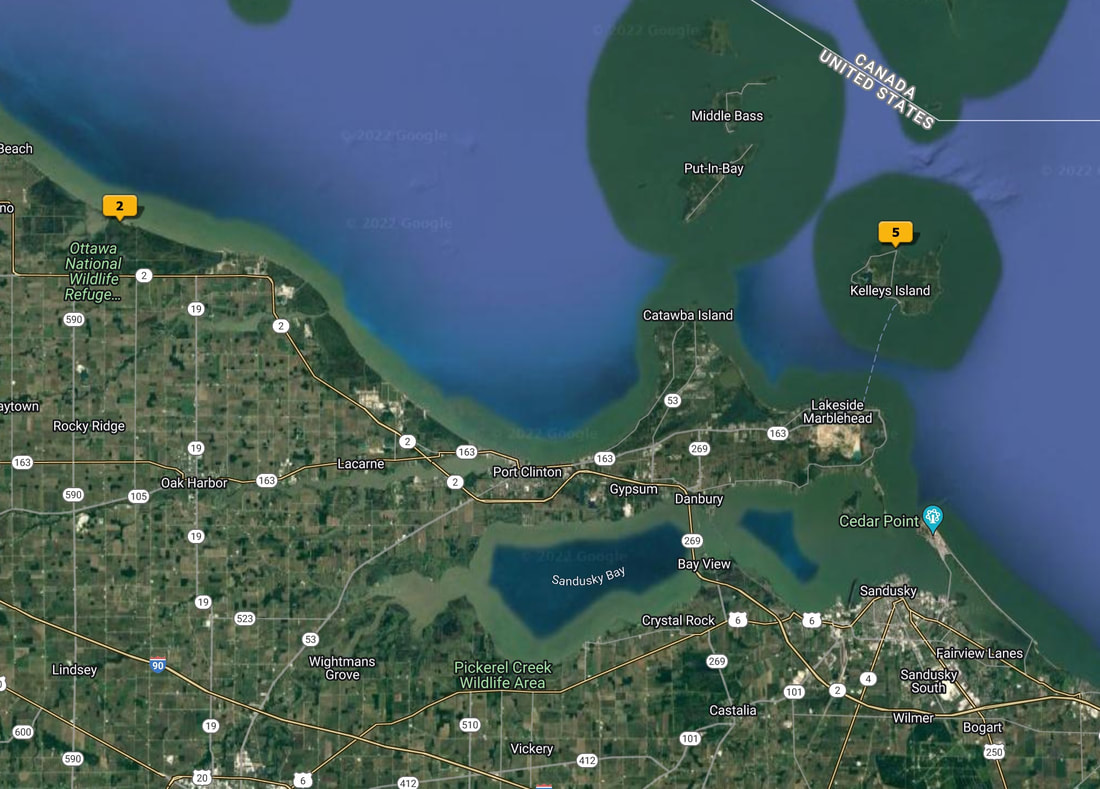
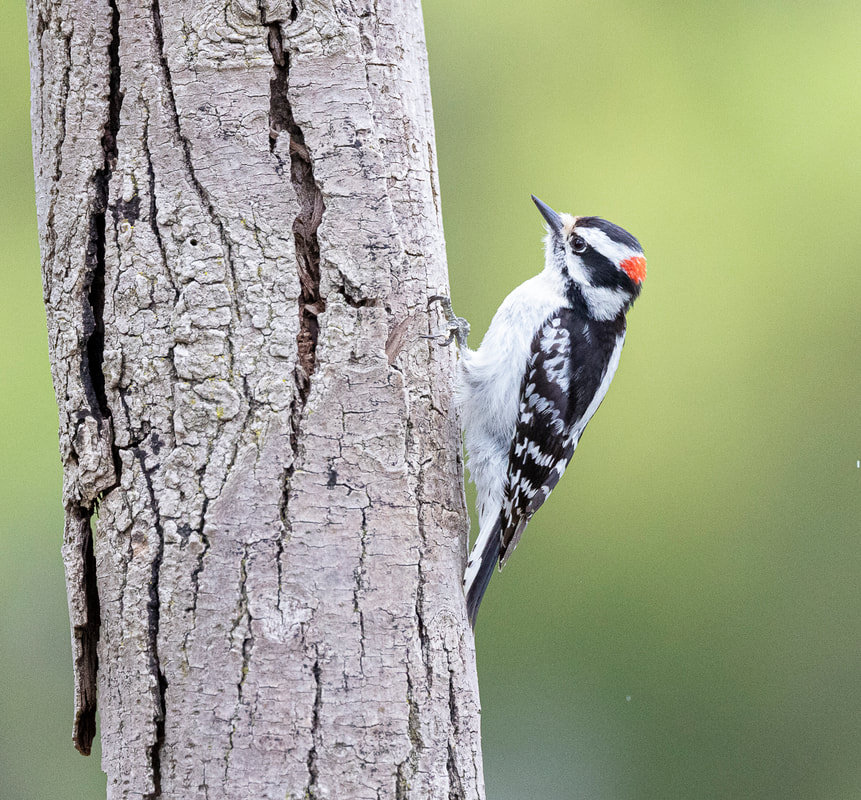
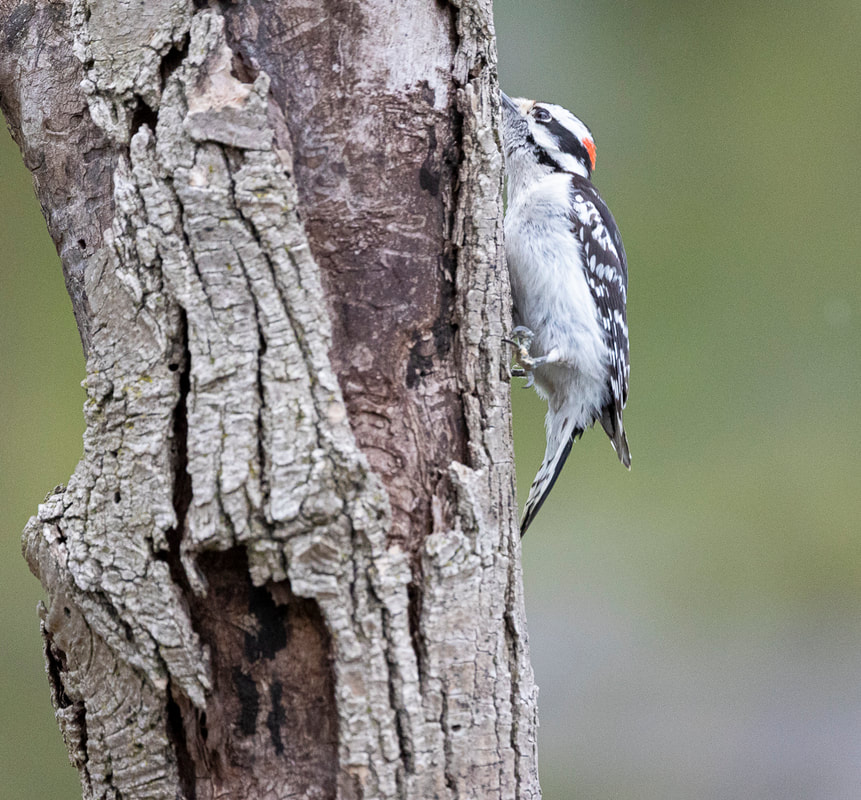
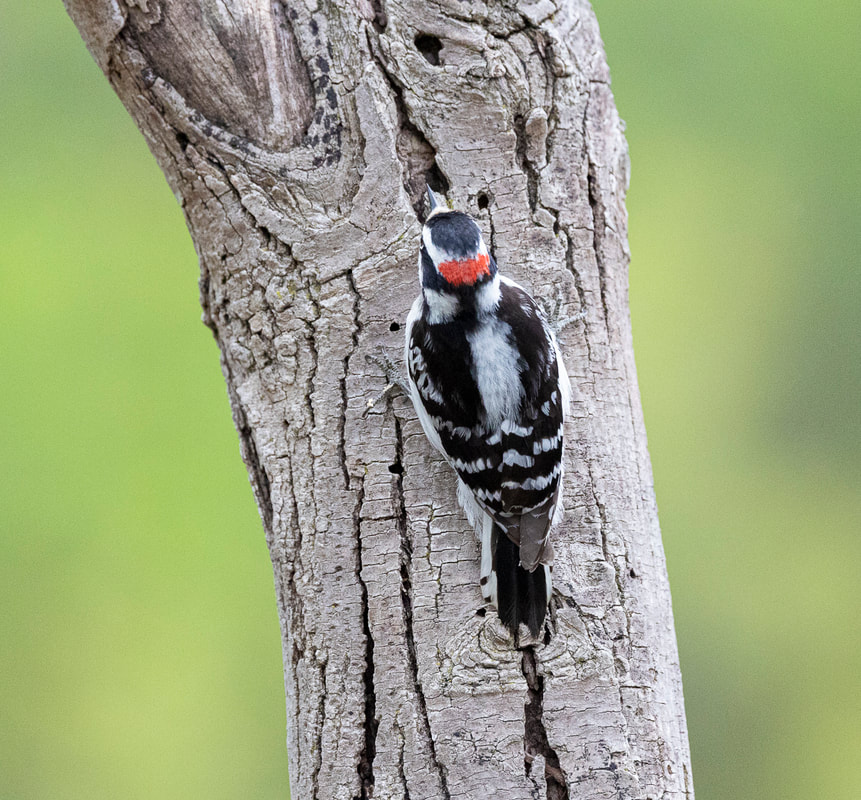
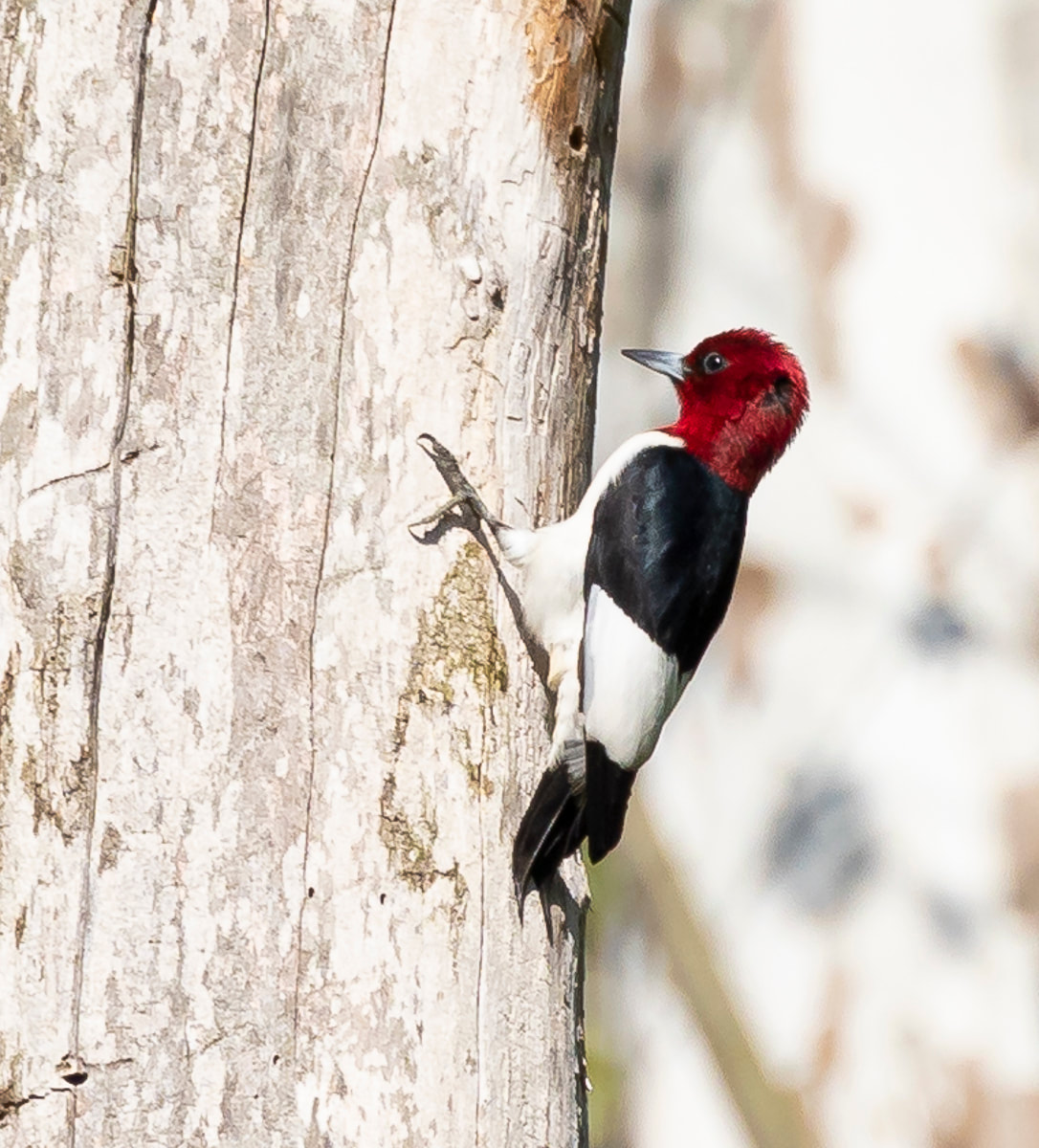
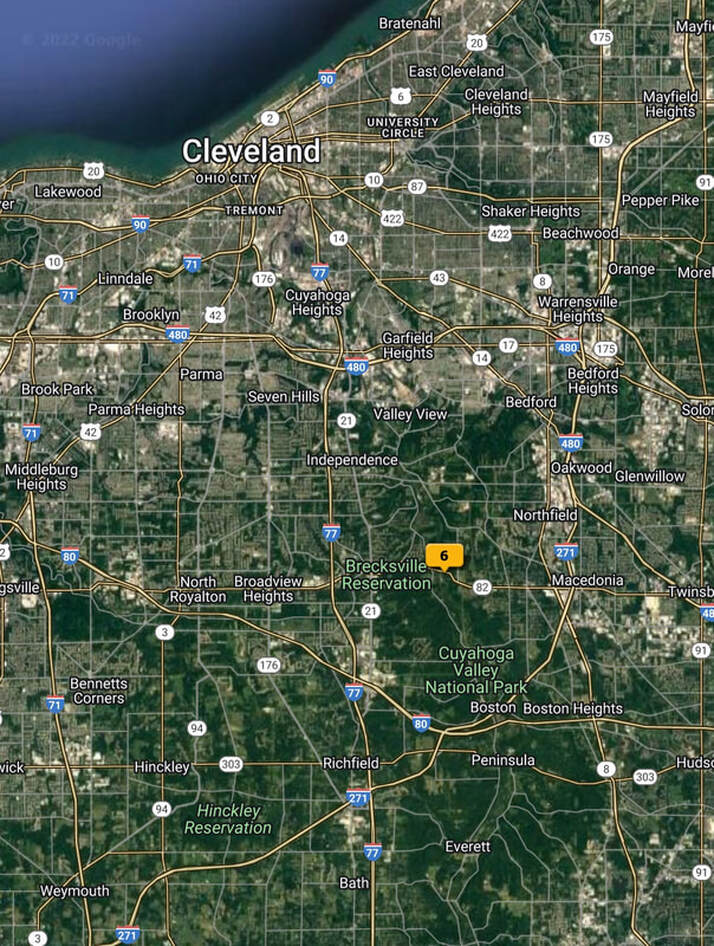
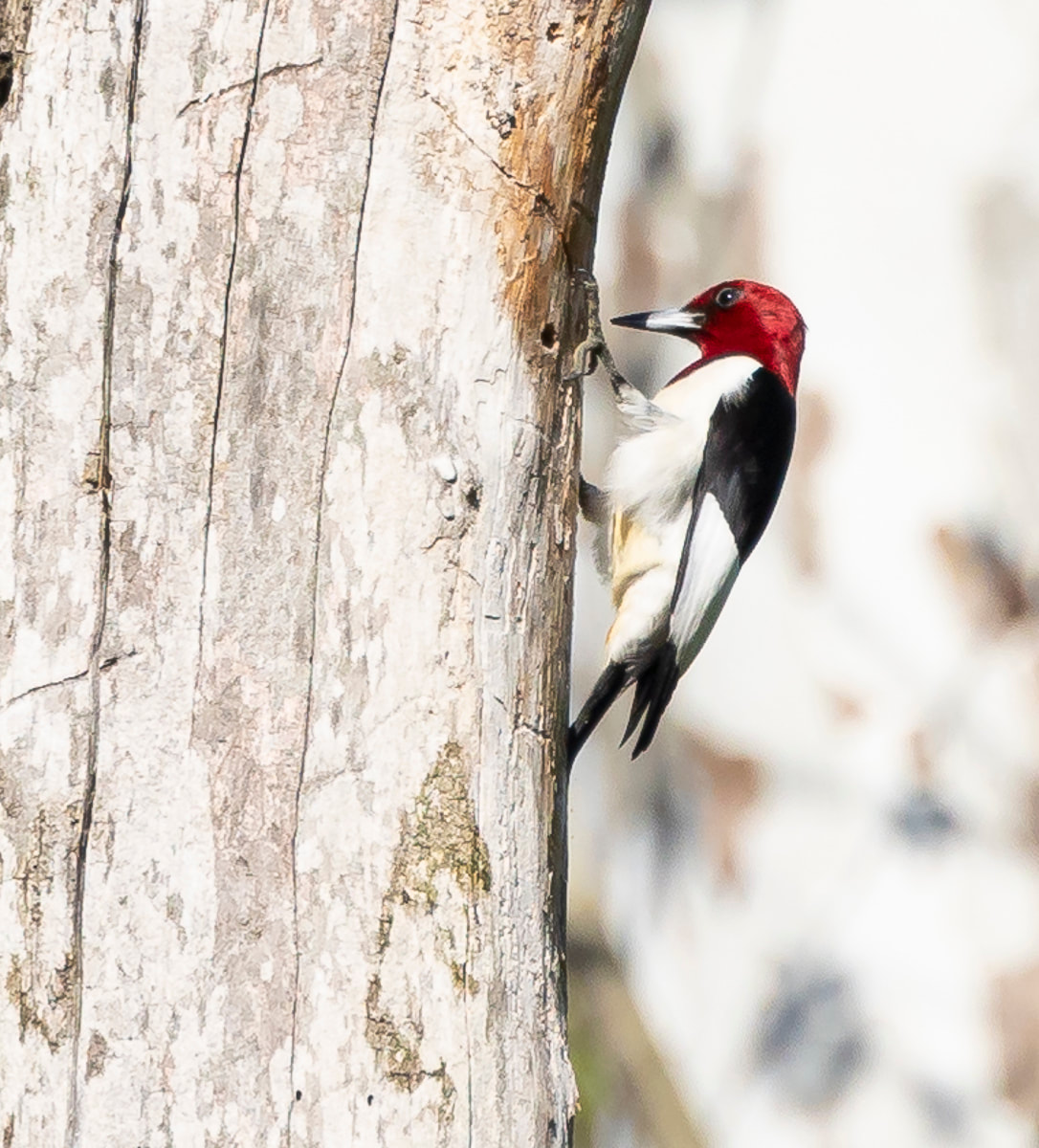
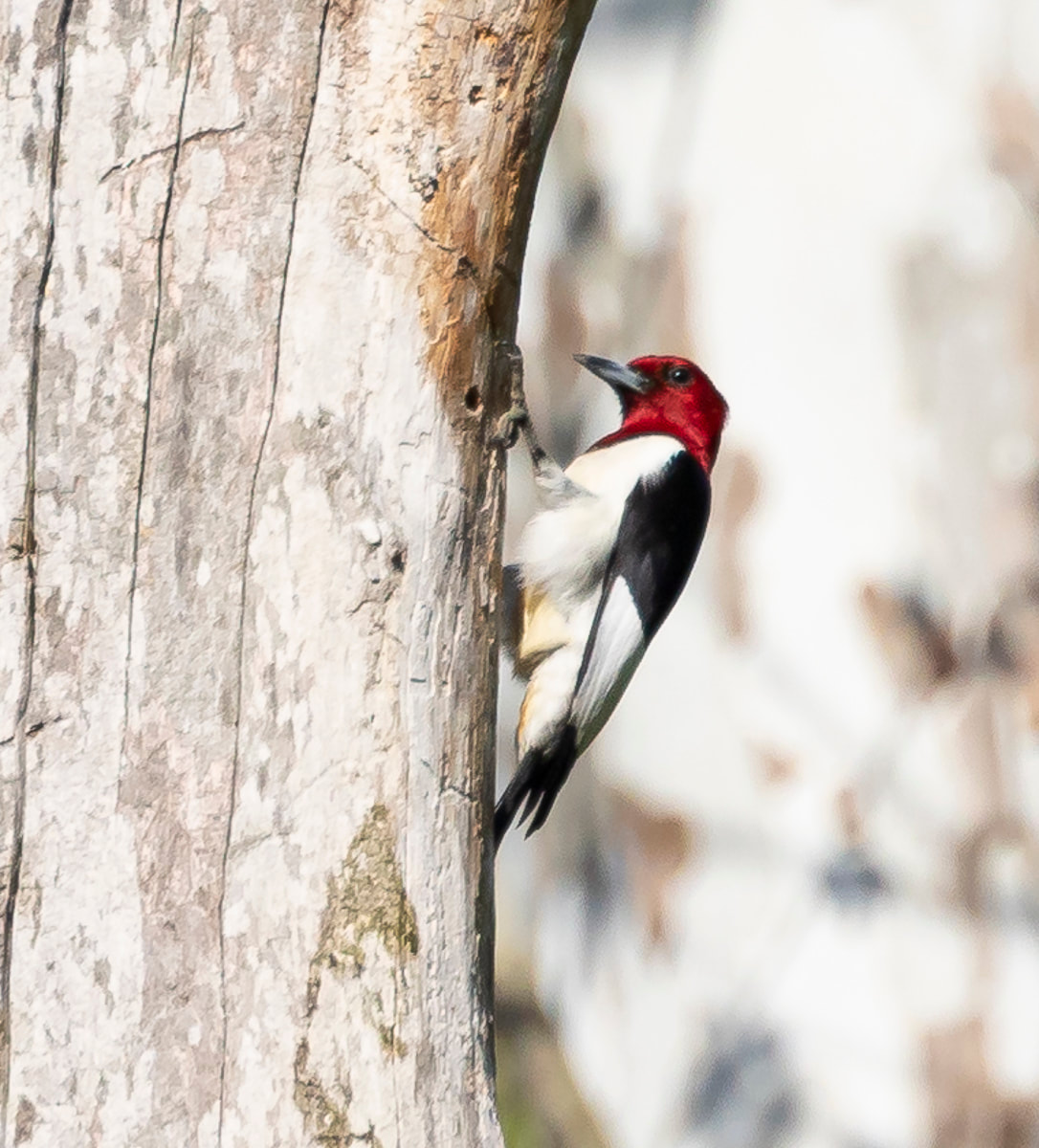
 RSS Feed
RSS Feed